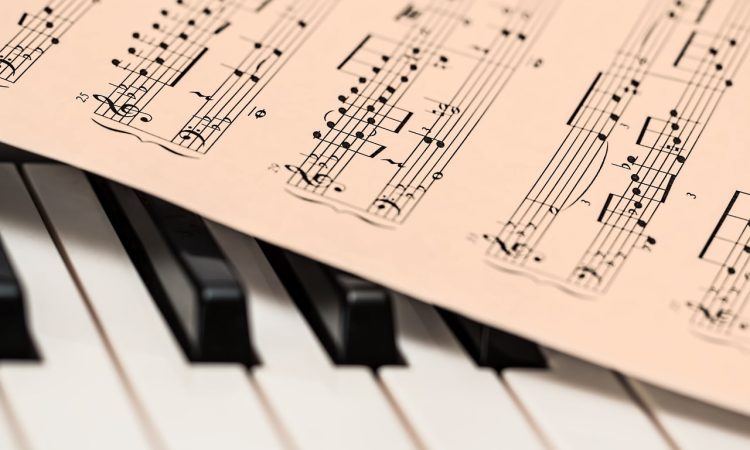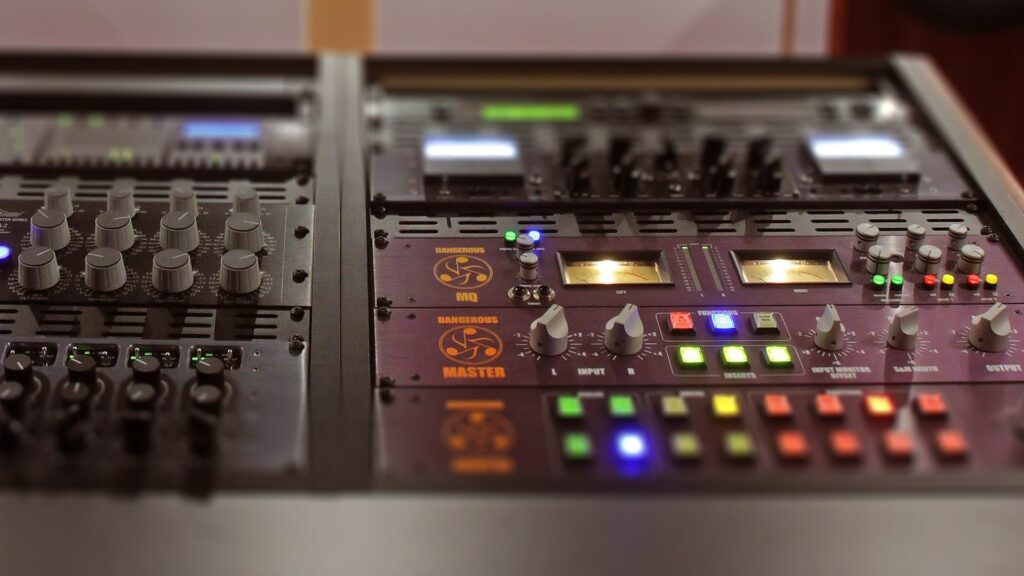
Basic music theory is essential for understanding how music works and for becoming a better musician, whether you play an instrument, sing, or compose. Here’s a beginner’s guide to some fundamental concepts in music theory:
Notes and the Musical Alphabet:
- The musical alphabet consists of seven letters: A, B, C, D, E, F, and G. After G, it repeats starting with A.
- Each note can have a sharp (#) or flat (b) symbol, which raises or lowers the pitch by a half step.
Octaves:
- Octaves are groups of eight notes that share the same letter name (e.g., C to C, D to D).
- As you go up an octave, the pitch doubles, and as you go down, it halves.
Scales:
- A scale is a series of notes arranged in ascending or descending order.
- The most common scale is the major scale, which follows the pattern: whole, whole, half, whole, whole, whole, half (e.g., C major scale: C, D, E, F, G, A, B, C).
Key Signatures:
- Key signatures tell you which notes are sharp or flat throughout a piece of music.
- Each major and minor key has a unique key signature.
Chords:
- A chord is a group of three or more notes played together.
- The most basic chord is the triad, consisting of the root, third, and fifth notes of a scale.
Intervals:
- Intervals are the spaces between two notes. They are described as steps (e.g., half step, whole step).
- Common intervals include the major third, minor third, perfect fifth, and octave.
Rhythm:
- Rhythm is the timing of music. It includes concepts like beat, tempo, and meter.
- A time signature (e.g., 4/4) indicates the number of beats in a measure and the type of note that receives one beat.
Dynamics:
- Dynamics refer to the loudness and intensity of music. Common markings include pianissimo (very soft), piano (soft), forte (loud), and fortissimo (very loud).
Rests:
- Rests indicate moments of silence in music. They have durations similar to notes.
Key Changes:
- A key change occurs when a piece of music changes from one key to another.
Melody and Harmony:
- Melody is the main, single-line tune in a piece of music.
- Harmony is the combination of different notes and chords that accompany the melody.
Time Signatures:
- Time signatures indicate how many beats are in each measure and which note receives one beat. Common examples include 4/4, 3/4, and 6/8.
Clefs:
- Treble clef (G clef) is used for higher-pitched instruments and voices.
- Bass clef (F clef) is used for lower-pitched instruments and voices.
Transposition:
- Transposition involves shifting a piece of music to a different key.
Diatonic vs. Chromatic:
- Diatonic notes are the notes within a given scale.
- Chromatic notes are the notes outside of the scale, achieved by adding accidentals (sharps and flats).
Notation:
- Sheet music uses symbols to represent pitch, rhythm, and other musical elements.
Cadences:
- Cadences are chord progressions that signal the end of a musical phrase or section. Common cadences include the authentic, plagal, and deceptive cadences.
Modes:
- Modes are scales with specific patterns of whole and half steps. The major and natural minor scales are two common modes.
This is just the tip of the iceberg when it comes to music theory. Learning music theory can be both fun and rewarding, and it’s a valuable tool for musicians, composers, and music enthusiasts alike. As you become more comfortable with these basics, you can delve deeper into more advanced concepts and techniques.



